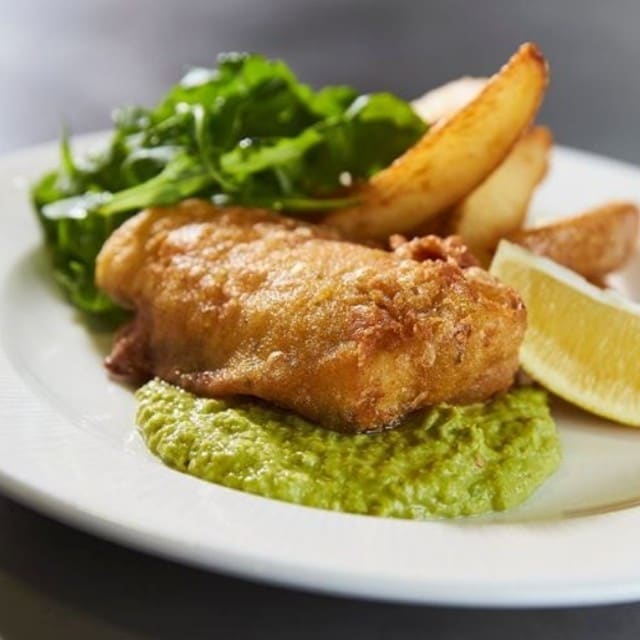
Seasonal in May
British Produce


Imported Produce


Fruit and Vegetables
Vegetables
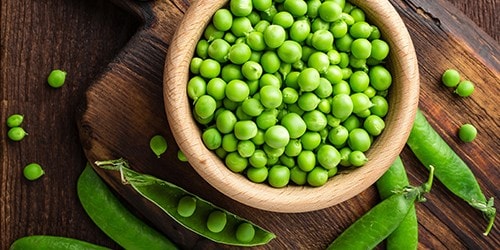
PEAS:
At its best: March to October
The flavour of peas can vary depending on the type, but overall, the flavour remains the same: a combination of sweet and savoury. Peas are classically paired with foods such as carrots, potatoes, fish, and chicken - but also go particularly well with herbs and spices, and grains like pasta and rice. They are a healthy and easy addition to most meals.
Chef Suggestions: Peas are particularly great in soups due to their high nutritional value. We suggest pairing peas with bacon for a flavourful dish.
We recommend: Enjoy as a minted pea puree, paired with roasted lamb. A great classic side for fish and chips served with minted butter.
Flavour pairings: Bacon, chicken, lamb, mint, onion, shellfish, and white fish.
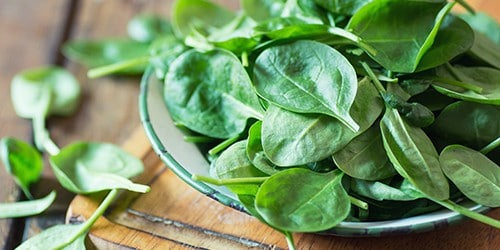
SPINACH:
At its best: All year round
This superfood is full of vitamins and iron and has a mild, slightly sweet taste when raw but a more robust and acidic taste when cooked. Spinach should always be washed well due to the build-up of sand in the leaves and stems. Boiling spinach brings out its sweeter taste, leaving the pot lid off helps to draw out more of the acids with the rising steam. It goes well with eggs, soups, casseroles, or pasta dishes – but especially well with cream cheeses.
Chef Suggestions: As a light dish, pair your spinach with ricotta pasta.
We recommend: Enjoy spinach as a salad leaf, in soup or enhance the flavour by sautéing with butter. Spinach not only adds great flavour and consistency to a dish but also adds a boost of nutritional value.
Flavour pairings: Mushrooms, oily fish, lamb, nutmeg, cheeses, garlic, nuts (almonds, cashew, hazelnut, pine nut), and olive.
Fruit
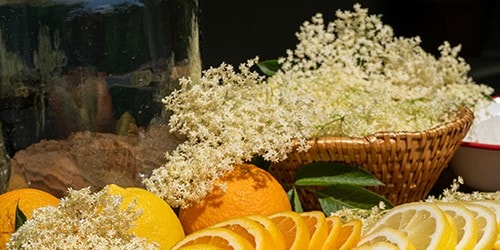
Elderflowers:
At its best: May and June
Elderflowers are small, delicate white flowers that grow on elder trees in late spring and early summer. They have a sweet, floral aroma and a delicate, slightly musky flavour. Elderflowers are most used in syrups, cordials, and infusions. However, make the most amazing fritters when lightly coated in a tempura-style batter and deep-fried.
Chef Suggestions: To prepare, gently shake the flower heads to remove any insects. Remove any thicker stems and rinse them lightly in cool water. Elderflowers are great in a variety of recipes, and a little goes a long way to avoid overpowering dishes. The exception is for cordials, where you should aim for a high concentration of about 12 clusters per 500ml. However, use a lot less for lighter infusions such as teas and vinegars. As mentioned, the whole flower clusters can be battered and deep-fried as a wonderful seasonal garnish or side dish. Alternatively, the tiny flowers themselves can be used as garnish for finished dishes.
We recommend: For best results, pick elderflowers in natural settings on a warm, dry day when the blooms are newly opened. Use scissors to cut them at the bottom of the cluster, avoiding areas near busy roads and any wilted or brown flowers.
Flavour profile: Delicate, floral, and slightly sweet.
Flavour pairings: Rhubarb, gooseberries, lemon, lime, berries, peaches, pears, honey, and vanilla.
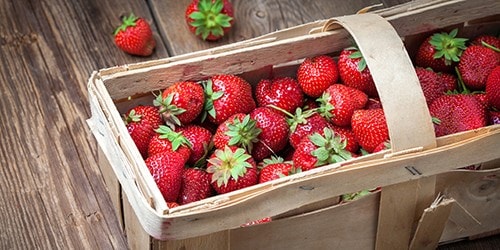
Strawberries:
At its best: May - August
Strawberries are best when fresh and fully ripe. Cultivated varieties are sweet and juicy, and exhibit hints of caramel, spice, and floral notes. The rarer wild version possesses a distinct spicy clove quality. Both variations thrive with sugar, dairy, and buttery pastry. They have a delicate texture and aroma, making them best enjoyed fresh. However, they can be preserved in purees, coulis, or freeze-dried form. They pair well with certain savoury flavours, such as balsamic vinegar, soft cheeses, and black pepper.
Chef Suggestions: Can be enjoyed raw, macerated for extra flavour or pan-roasted to achieve a delightful caramelisation.
We recommend: Look for plump, shiny, medium-sized tender berries, with a bright colour and a sweet aroma, preferably with their leafy green stalk still attached. Larger strawberries tend to have a higher water content, resulting in less flavour, so opt for small to medium-sized ones.
They are quick to spoil so buy what you need, any ones less than perfect can be used for compotes, purees or preserves. Do not freeze whole, as this ruins the structure.
Flavour profile: Sweet and juicy
Flavour pairings: Mint, chocolate, blackberries, blueberries, ginger, lemon, limes, melon, nectarines, peaches, oranges, pears, raspberries, rhubarb, spinach, basil, vanilla, cardamom, chilli, ice cream, creams, soft/mild cheeses, chocolate, sugar, rum, custard, champagne, almonds hazelnuts, pecans, pistachios, cashews, oats, red/white wine, balsamic vinegar, and honey.

